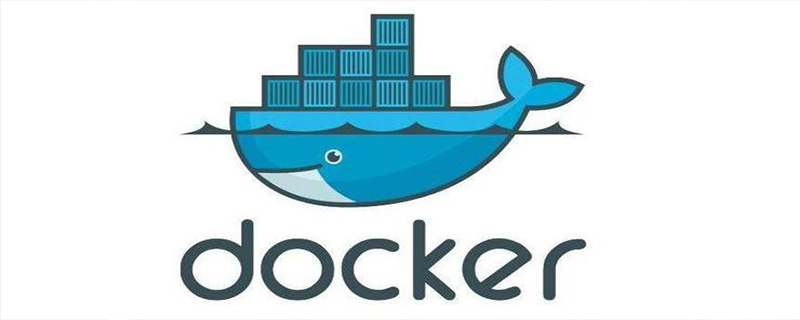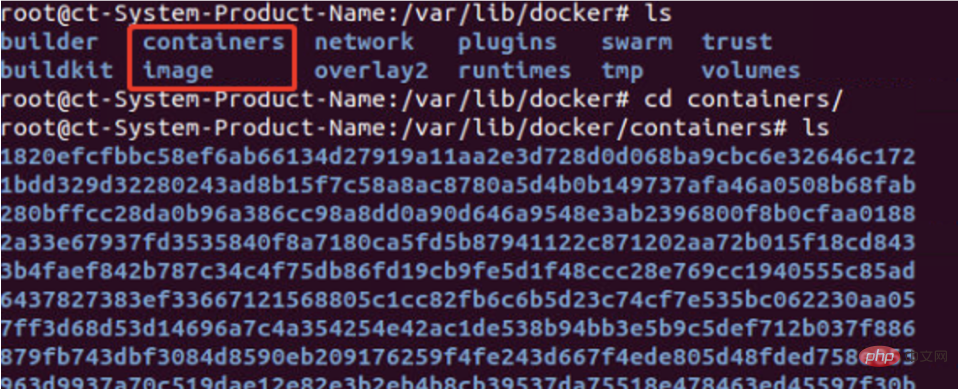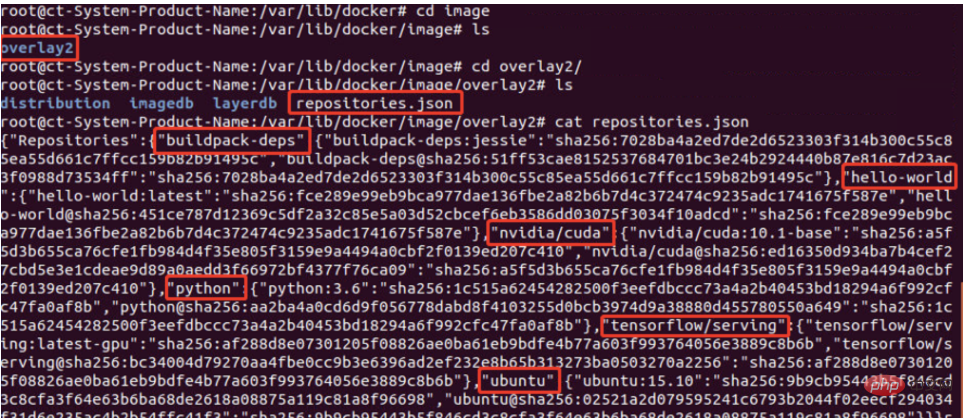Home >Operation and Maintenance >Docker >Where is the image stored after docker pull pulls it?

Where is the image stored after docker pull pulls it?
Docker pull pulls the image and saves it Location:
Environment
Ubuntu18.04
Docker 19.03.2
Mirror location
The following operations must be done under root Proceed with user permissions.
1. Enter the docker directory
cd /var/lib/docker
The file structure is as follows:

2. Enter containers Directory
This directory stores the pulled container ID, which is a serial number corresponding to a container.

Enter and select a serial number. After entering, you will find the specific structure of the container as follows:

3 . Enter the image directory
This directory stores the information about the pulled image. As you can see in the picture below, there is an overlay2 directory under the images directory. The repositories.json file in this directory records the detailed information of the pulled image: image name, image ID, etc. (Note: Older docker versions may not have the overlay2 directory, but the aufs directory. There are also similar directories and files in the aufs directory)

For comparison, the following Directly use the docker command to display the image information:
docker image ls

You can see that the image information recorded in the repositories.json file above is the pulled image information.
Recommended tutorial: "docker video tutorial"
The above is the detailed content of Where is the image stored after docker pull pulls it?. For more information, please follow other related articles on the PHP Chinese website!